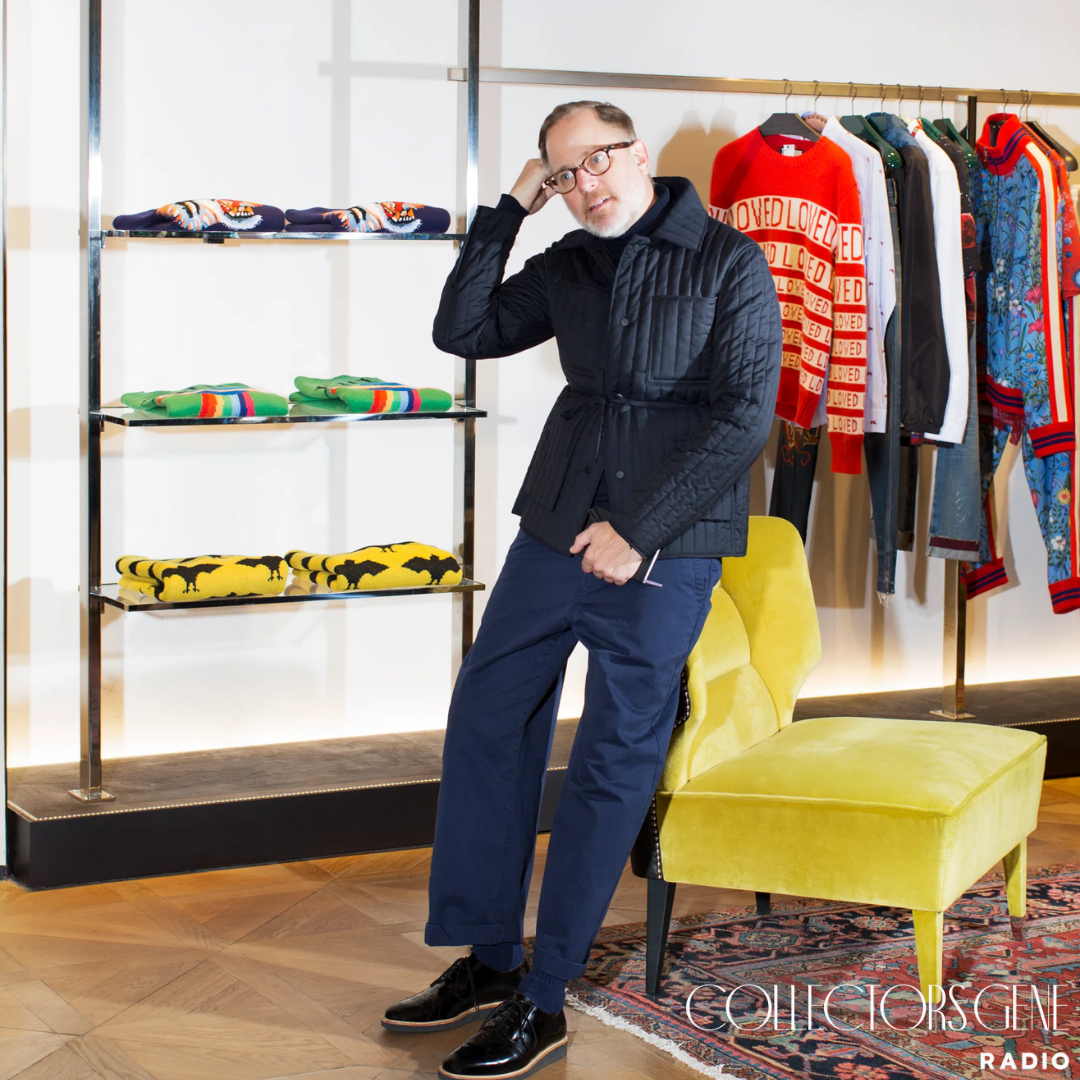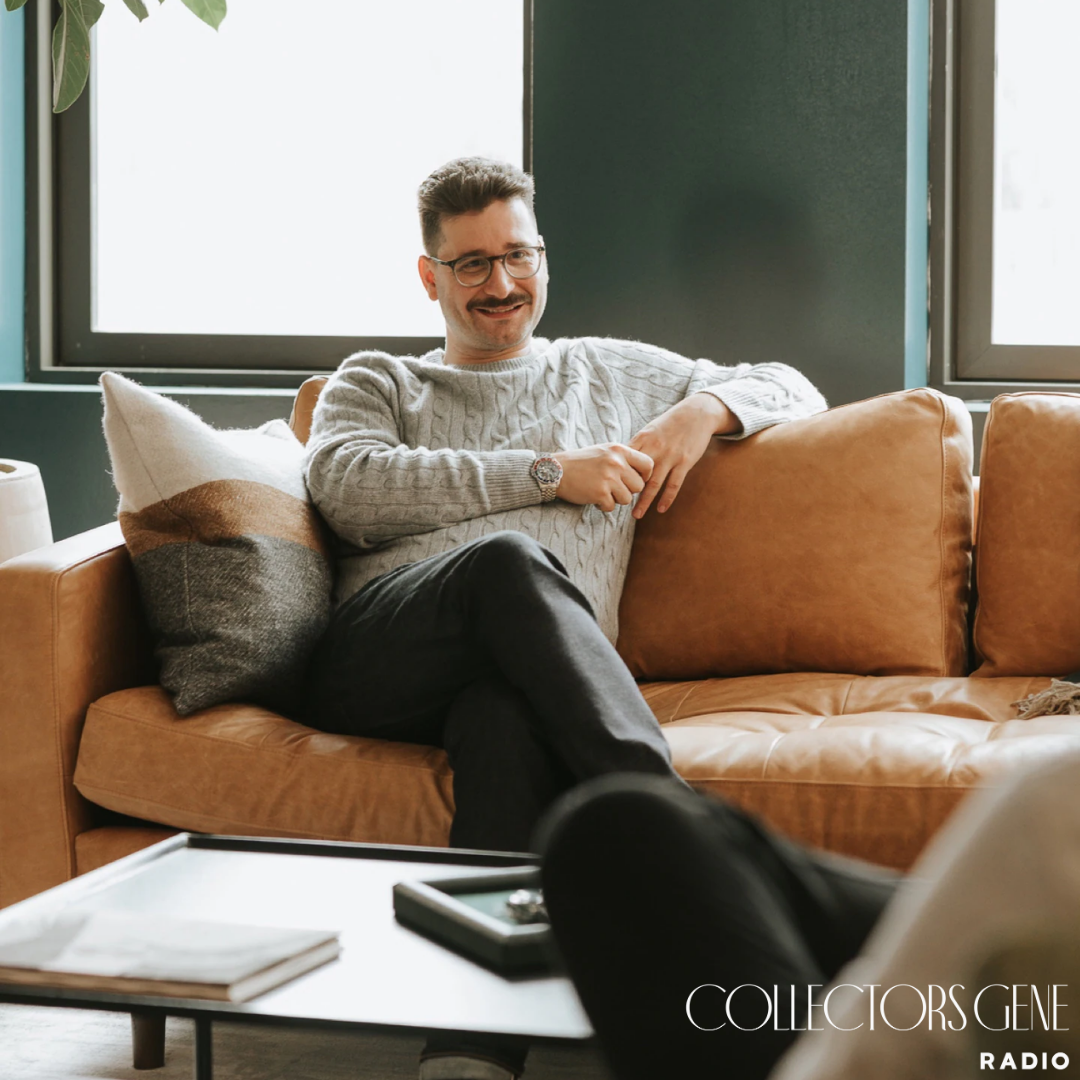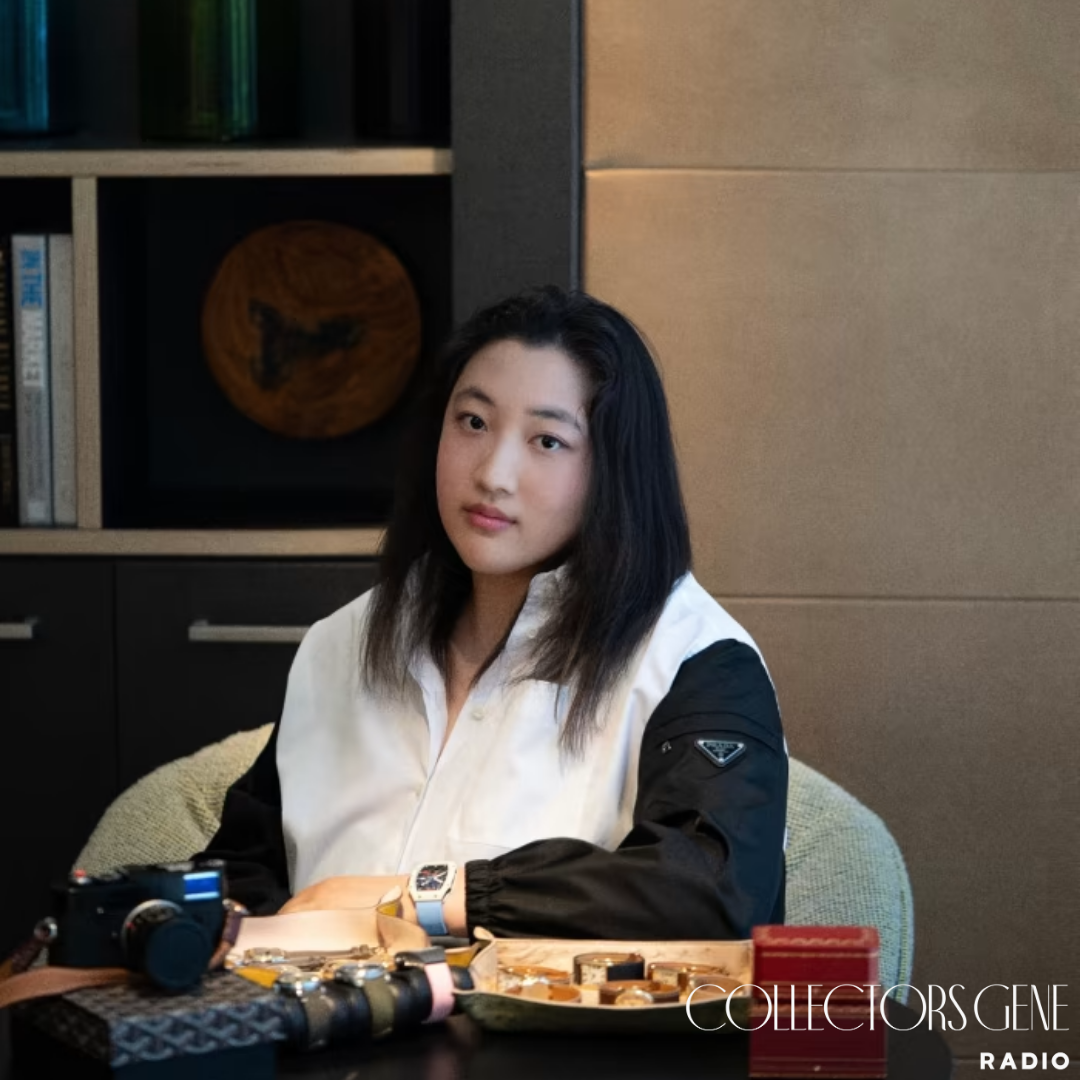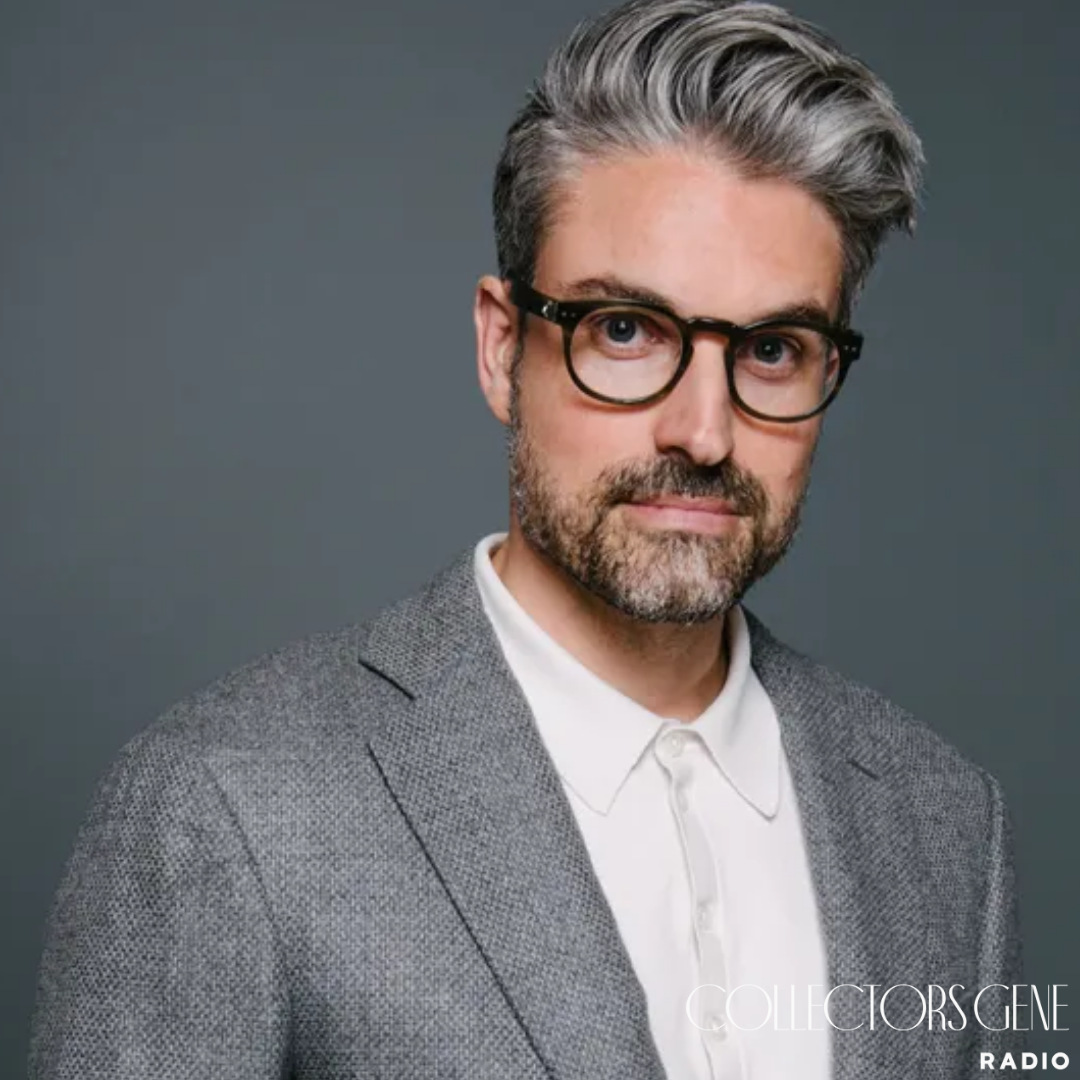Most of the collectors I’ve spoken with on this show share an obsession with objects you can hold: watches, cars, art, furniture. But my conversation with Bruce Pask reminded me that collecting can take another form entirely. For Bruce, the longtime menswear editor turned fashion director for Bergdorf Goodman and Neiman Marcus, collecting is curation. It’s about assembling pieces that live together in harmony, shaping how we experience clothing not just as utility but as art.
Like Todd Snyder, who built his design world from a lifetime of vintage hunts, or Nate Berkus, who layers homes with history, Bruce approaches menswear through storytelling. His career spans more than three decades of influence: from GQ and Vanity Fair, to directing menswear at The New York Times, and now shaping the retail direction of two of the most important luxury institutions in America. The way he looks at clothing isn’t all that different from how a great watch collector looks at references: studying proportions, materials, and subtle shifts in design until something feels right.
From Arizona Roots to Fifth Avenue
Bruce and I share Arizona roots, which makes his path to Fifth Avenue all the more striking. Growing up in Yuma during the era of the Preppy Handbook, fashion felt distant, almost foreign. After college on the East Coast and a move to New York, he immersed himself in menswear journalism and styling. Work with Annie Leibovitz, editorial posts at Condé Nast, and eventually his role as men’s fashion director at T Magazine sharpened his instincts.
When he moved into retail, he realized it wasn’t so different. Instead of editing layouts for readers, he was creating three-dimensional experiences for clients. The connective tissue was the same: curation, guided by an eye for detail and narrative.
The Art of Curation
For Bruce, curation isn’t about dictating his personal taste. It’s about listening: to customers, to sales associates who know them best, and to broader cultural shifts. At Bergdorf Goodman, each floor already had a personality, a sharp runway fashion upstairs, Neapolitan tailoring on the second floor, luxurious sportswear on the ground floor but Bruce saw an opening for something more subtle.
That vision became The B Shop, a space for quieter, wardrobe-driven brands like Todd Snyder, Aimé Leon Dore, and Massimo Alba. The B Shop isn’t about hype or splash; it’s about discovery. It reminded me of how Auro Montanari spoke of collecting against the grain and choosing pieces that resonate rather than impressing with flash.
Trade Shows and Movements in Menswear
Listening to Bruce describe walking Pitti Uomo or scanning the aisles in Paris reminded me of Matt Hranek talking about digging through flea markets. The same obsessive eye, the same thrill of stumbling upon something unexpected.
Bruce doesn’t love the word “trend.” He prefers “movements.” Menswear, he explained, evolves slower than womenswear, with shifts that take years to filter through culture. For nearly two decades, men’s fashion has been shaped by Thom Browne’s trim suits and cropped trousers. Now, he sees silhouettes loosening: fuller trousers, softer shoulders, more drape. Denim moving from skinny to wide. Like spotting tomorrow’s collectible in watches, those who pay attention can see these movements coming before they’re mainstream.
The Chore Jacket Obsession
When I asked Bruce if he collects anything himself, he hesitated. He doesn’t treat his wardrobe as precious. But whether he admits it or not, he’s built a collection of chore jackets. From navy cotton to corduroy, gray flannel, even black velvet worn at night, the French worker’s jacket has become his uniform. Practical, adaptable, and quietly luxurious when elevated with the right fabric.
It’s not unlike Nate Berkus holding onto a French marble table or Todd Snyder chasing Champion sweats but about finding something familiar and elevating it into a personal signature.
Beyond Clothing
Bruce’s creative world extends past retail. His twin brother, Scott, is a Tony Award–winning set designer, and the two have collaborated on Broadway productions and even the Academy Awards. Those projects reinforced that curation, whether for a stage set, a clothing collection, or a Bergdorf window, is always about telling a story through objects.
The Collectors Gene Rundown
The One That Got Away: A Jaeger-LeCoultre Reverso in stainless steel, a special edition from about eight years ago. Well-priced at the time, but he passed.
The On Deck Circle: Nothing specific. His acquisitions often happen unconsciously, through the everyday search.
The Unobtainable: Early Craig Green work jackets, especially the psychedelic first-season pieces. He owns one but dreams of others.
The Page One Re-Write: If money were no object, Bruce would collect houses in different places, each one a canvas for living.
The GOAT: Matthew Hranek and Yolanda Edwards, whose work on William Brown Project and Yolo Journal inspires him.
The Hunt or The Ownership: The search excites him most the research, the learning, the discovery.
Do You Feel That You Were Born With The Collector’s Gene?: After some convincing, yes. He’s been one all along.
Closing Thoughts
Talking to Bruce reminded me that collecting doesn’t always have to be about blue chip categories like art and cars. Sometimes it’s about editing, curating, and deciding what deserves space in your life. Like Silas Walton shaping A Collected Man, or Brynn Wallner reframing women and watches, Bruce has redefined what curation can mean. His career is a testament to the idea that collecting and curating are two sides of the same coin, and that passion doesn’t have to be precious to be meaningful.





